I have had a long and personal history with Nubia.
I first encountered Nubia during a 1978 visit to my parents who were stationed in Egypt.
Since then I have travelled along the Nile from Khartoum, across the Nubian Desert and by ferry boat down the length of Lake Nasser to Aswan.
It was in 1987 when I was posted to Cairo for the Agence France Presse news agency that I met my future wife Mona Mohieddine Sherif from Abu Simbel. I will write more posts about Nubia but for the time being here is a brief introduction to Nubia.
Nubia: Land of Gold | Introduction
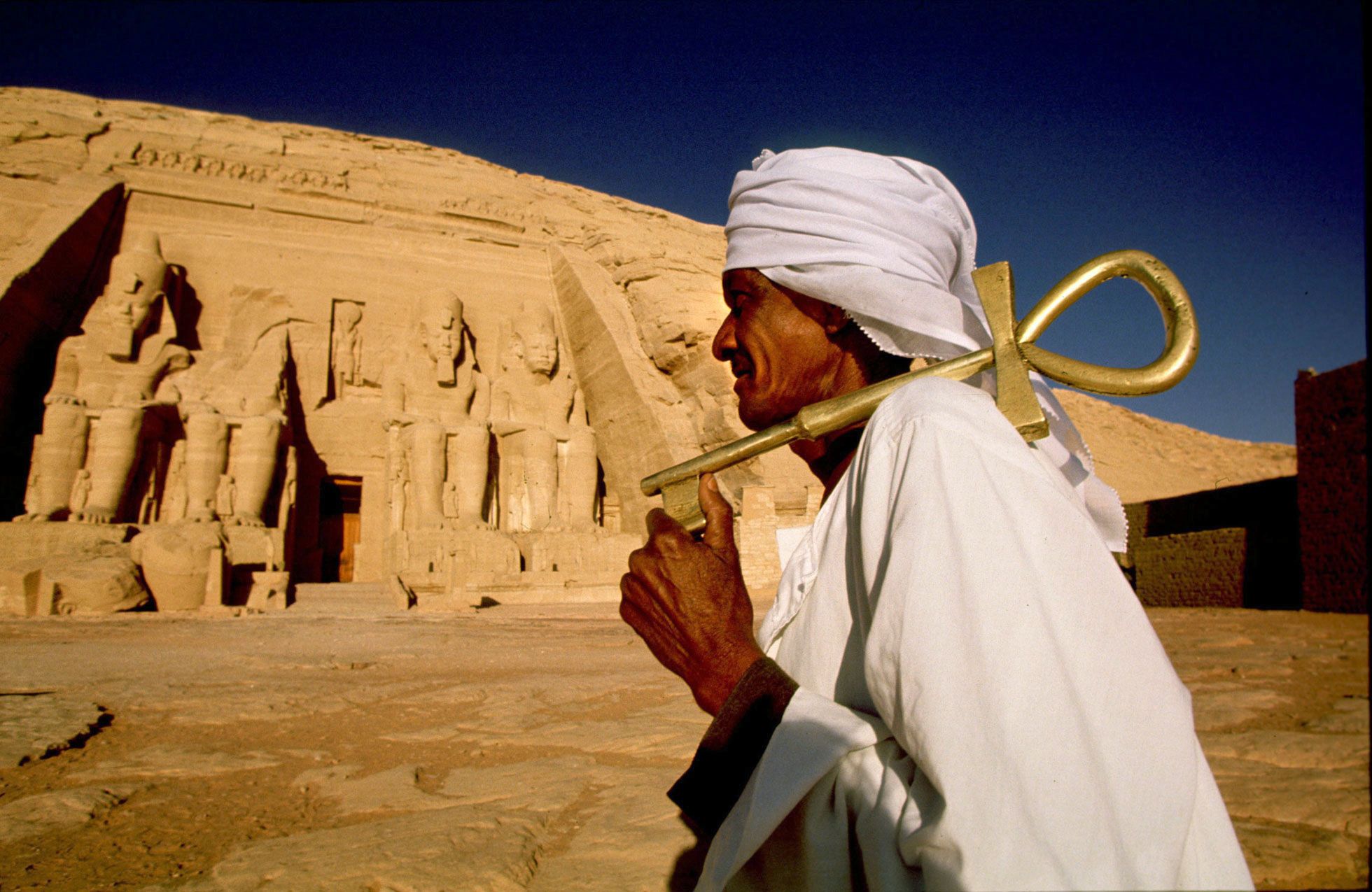
“ANBI N TAWO TANGA NOURKEMO”
”The palm tree throws it shade far from where it stands” (old Nubian proverb)
As with so many things Nubian, this saying has two meanings. One the physical - where the shade from the palm fronds is greatest when it is furthest from the tree. And one metaphysical - where though you may be far from your roots you are still connected to your people, their traditions and their way of life.
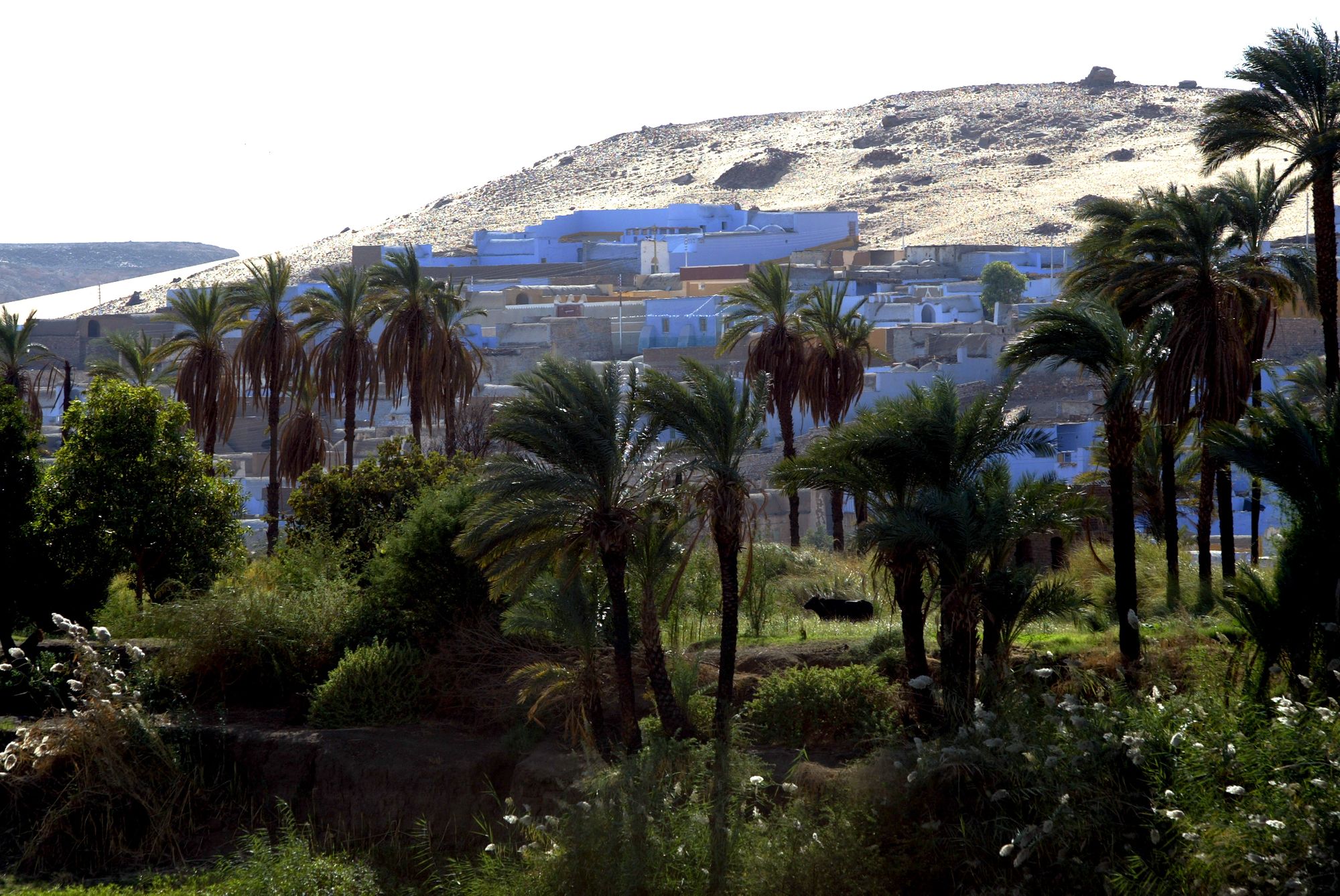
Nubia is a journey where family, heritage, history and dramatic contrasts both geographically and culturally envelope you.
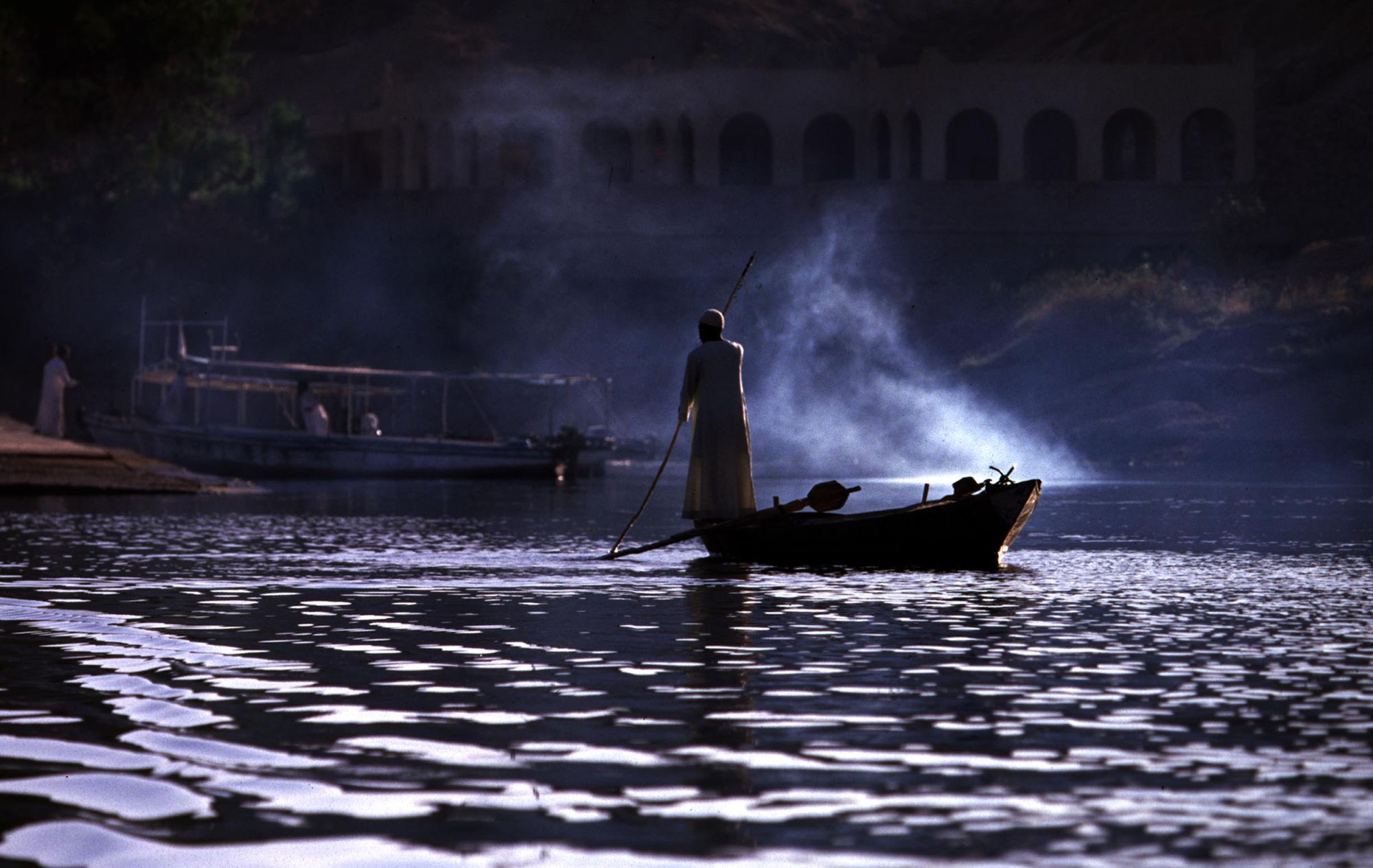
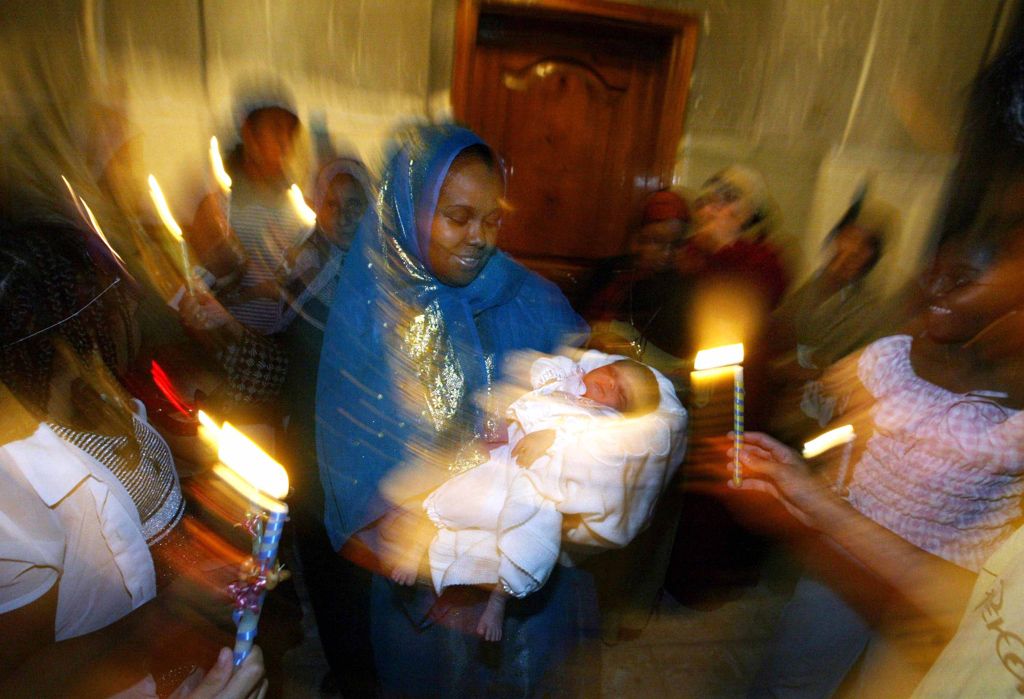
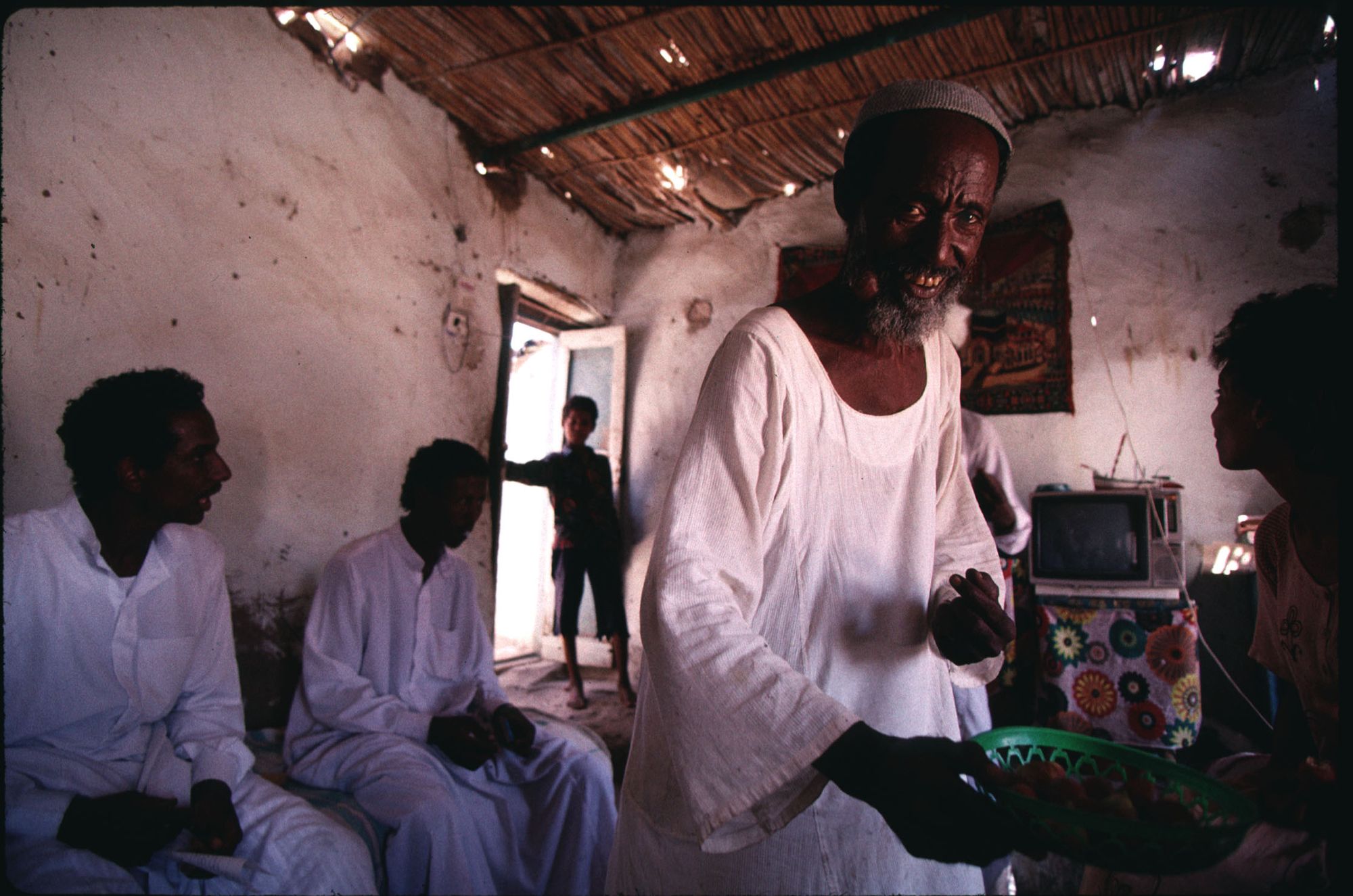
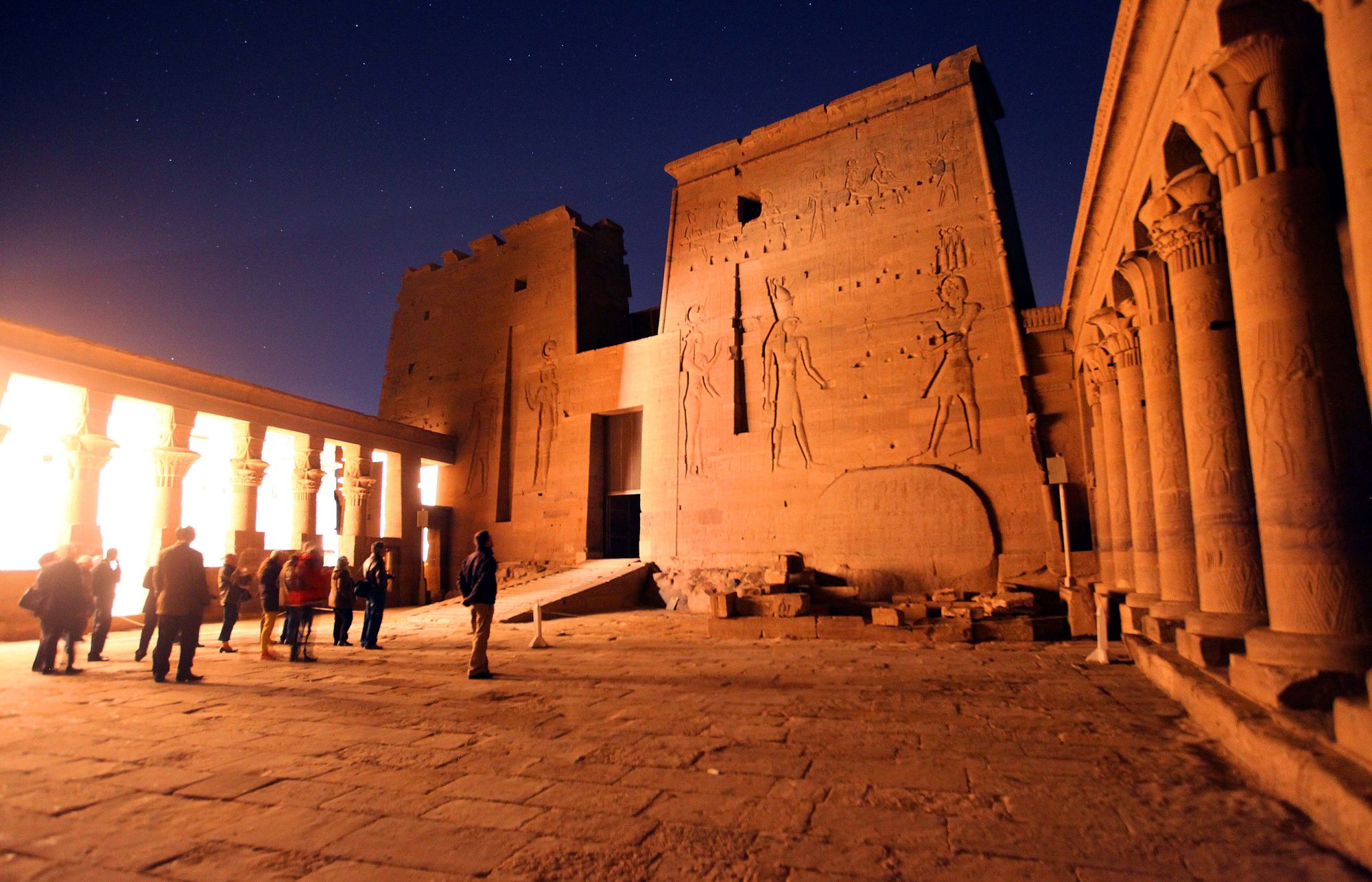
At the southern-most entry into Nubia in the upper Egyptian town of Aswan, you will encounter men in white gowns and turbans with contrasting women in black garments. The dramatic narrowing of the Nile River at the first cataract where sand mountains and cliffs rise up from the legendary river is plied by picturesque sailboats (feluccas) meandering between granite rocks and garden islands. Ancient temples, rock tombs, luxury hotel resorts and an abandoned monastery are sites that greet you as you consider the history and significance of the gateway to Nubia. It is an idyllic and peaceful scene that has played out for centuries.
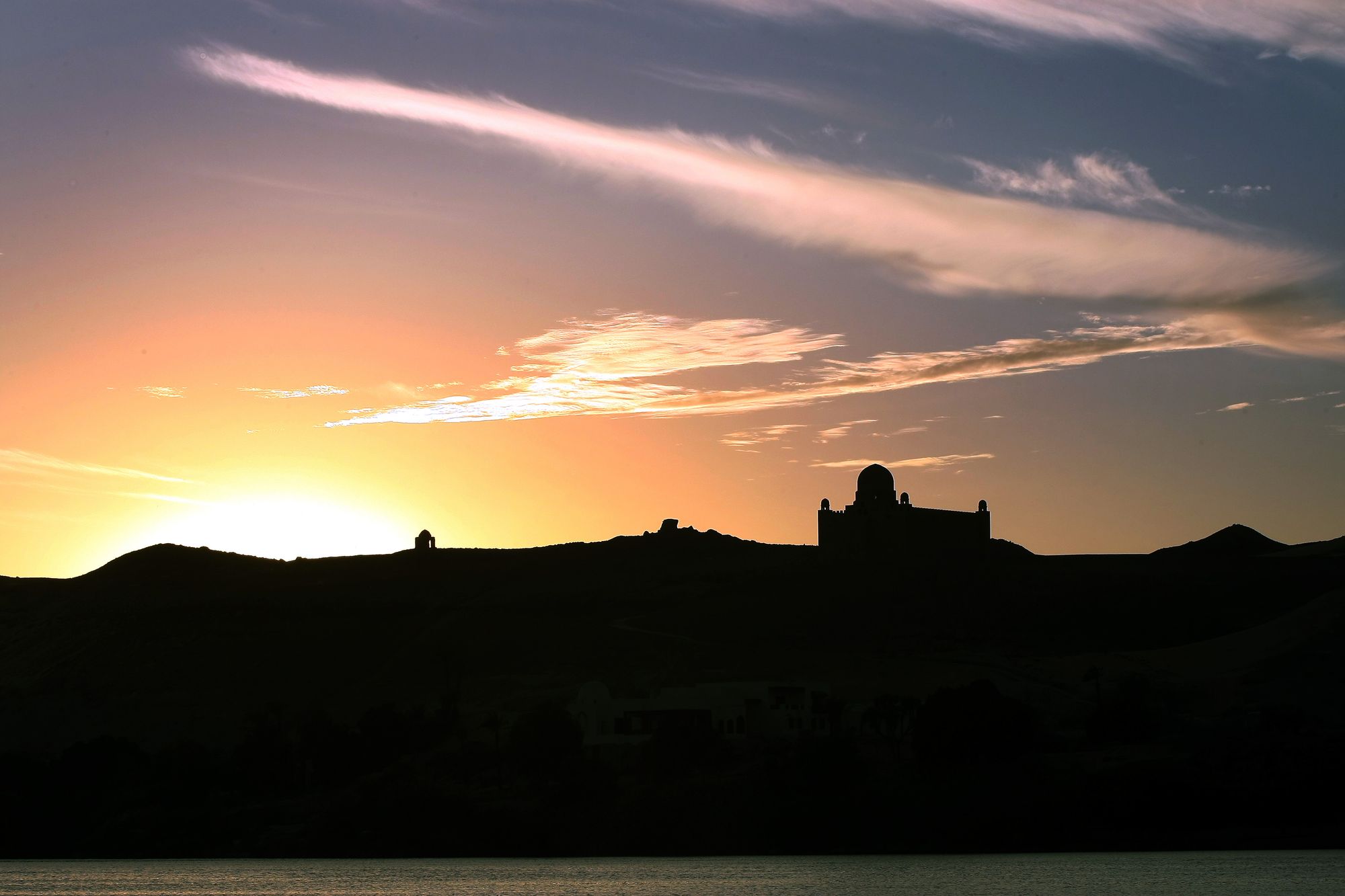
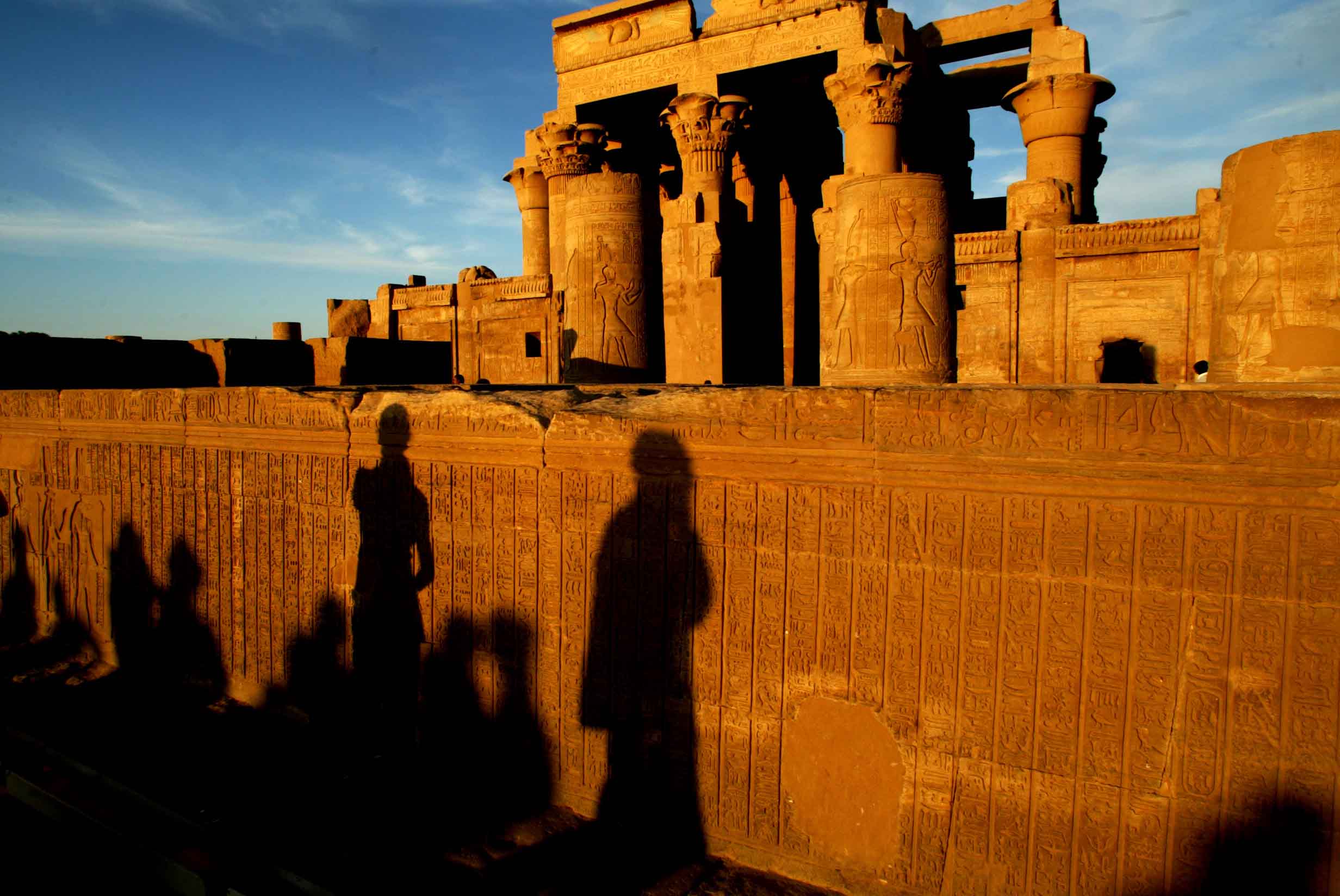
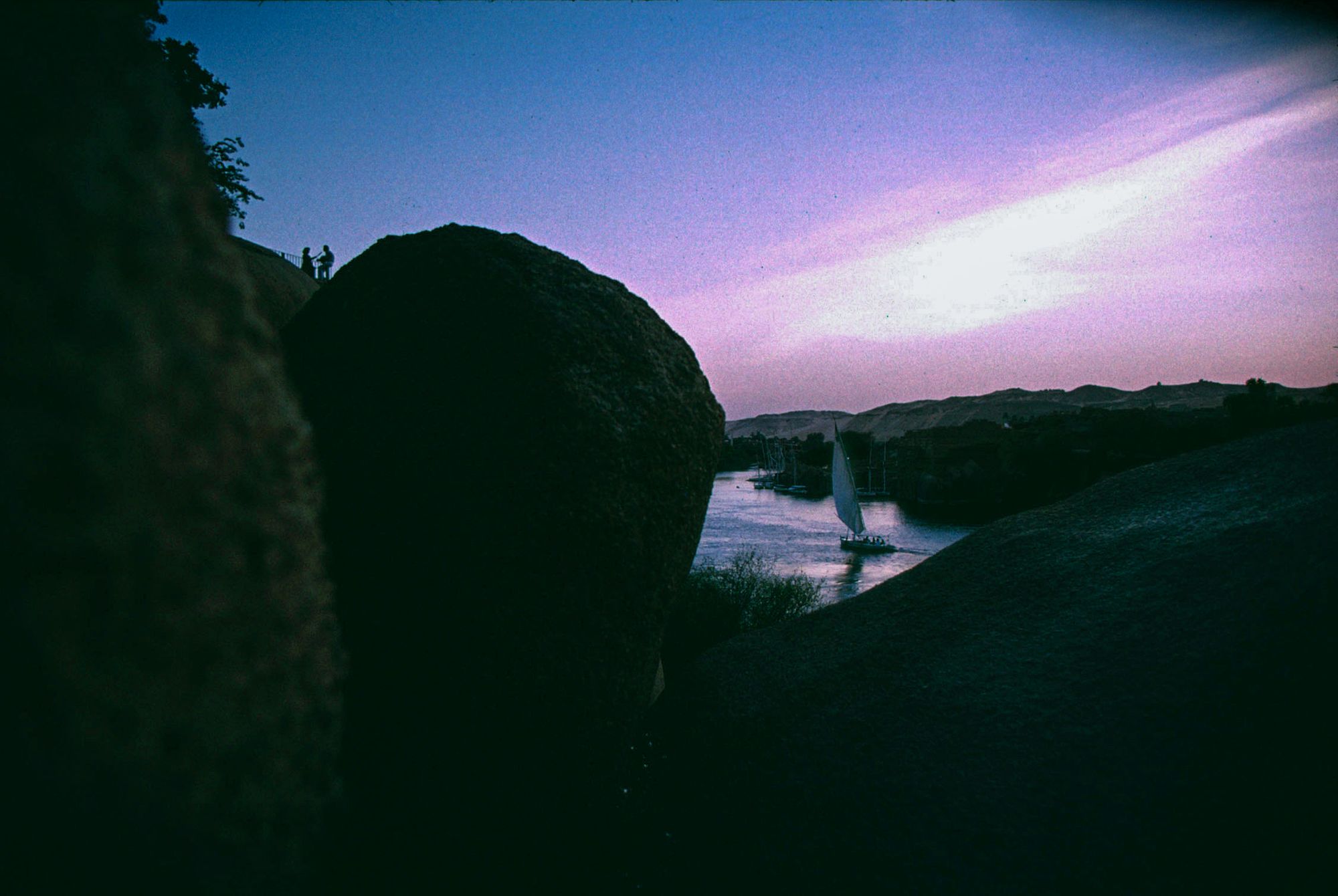
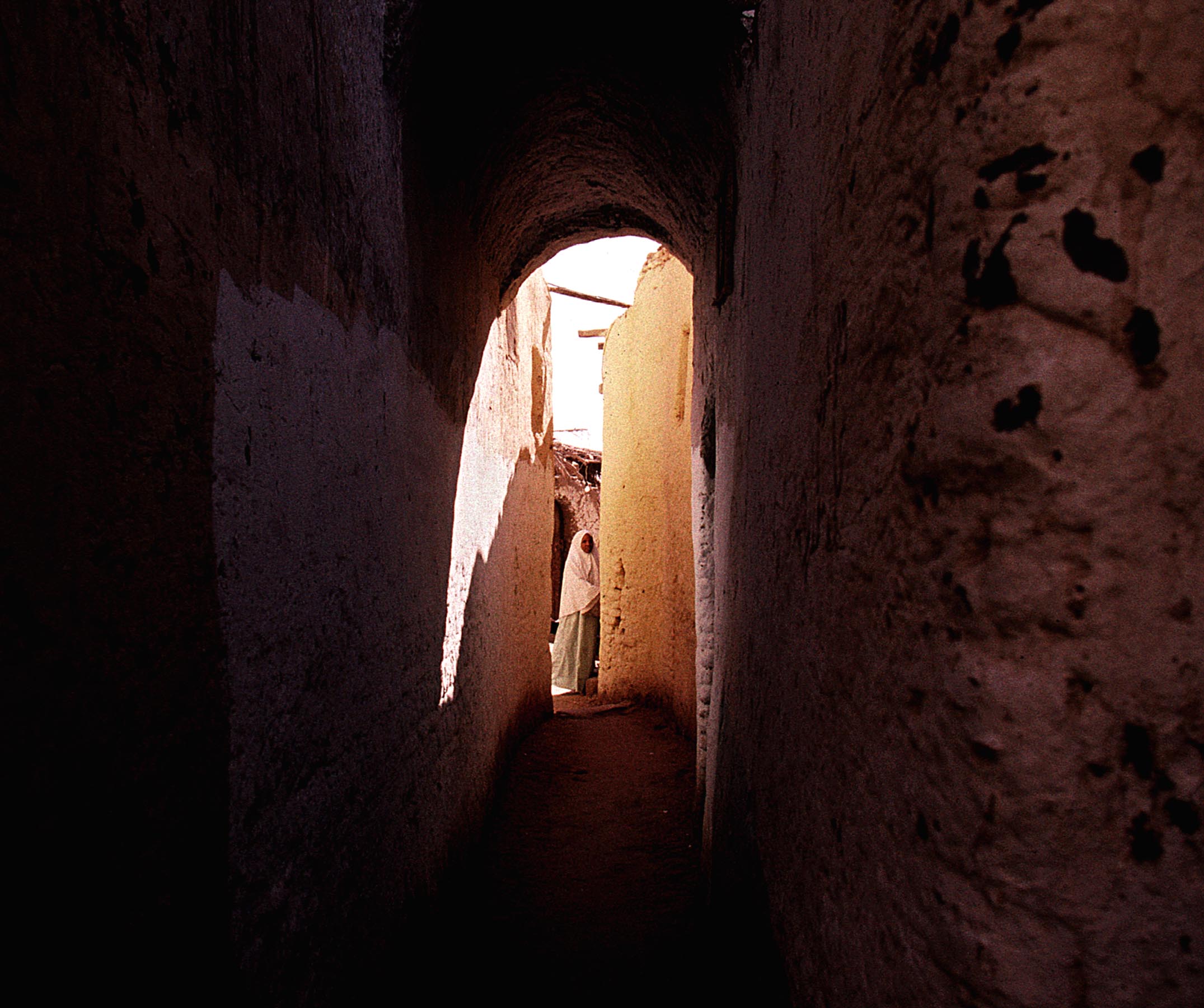
Nubia stretches for 1,500 kilometers along the Nile River through the Nubian Desert (Sahara Desert) from Aswan to the confluence of the Blue and White Nile rivers near current day Khartoum. It is the link and historic passageway from the Mediterranean to the African interior. Nubia was first settled around 7,000 years ago and was one of the first civilizations and kingdoms of ancient Africa.
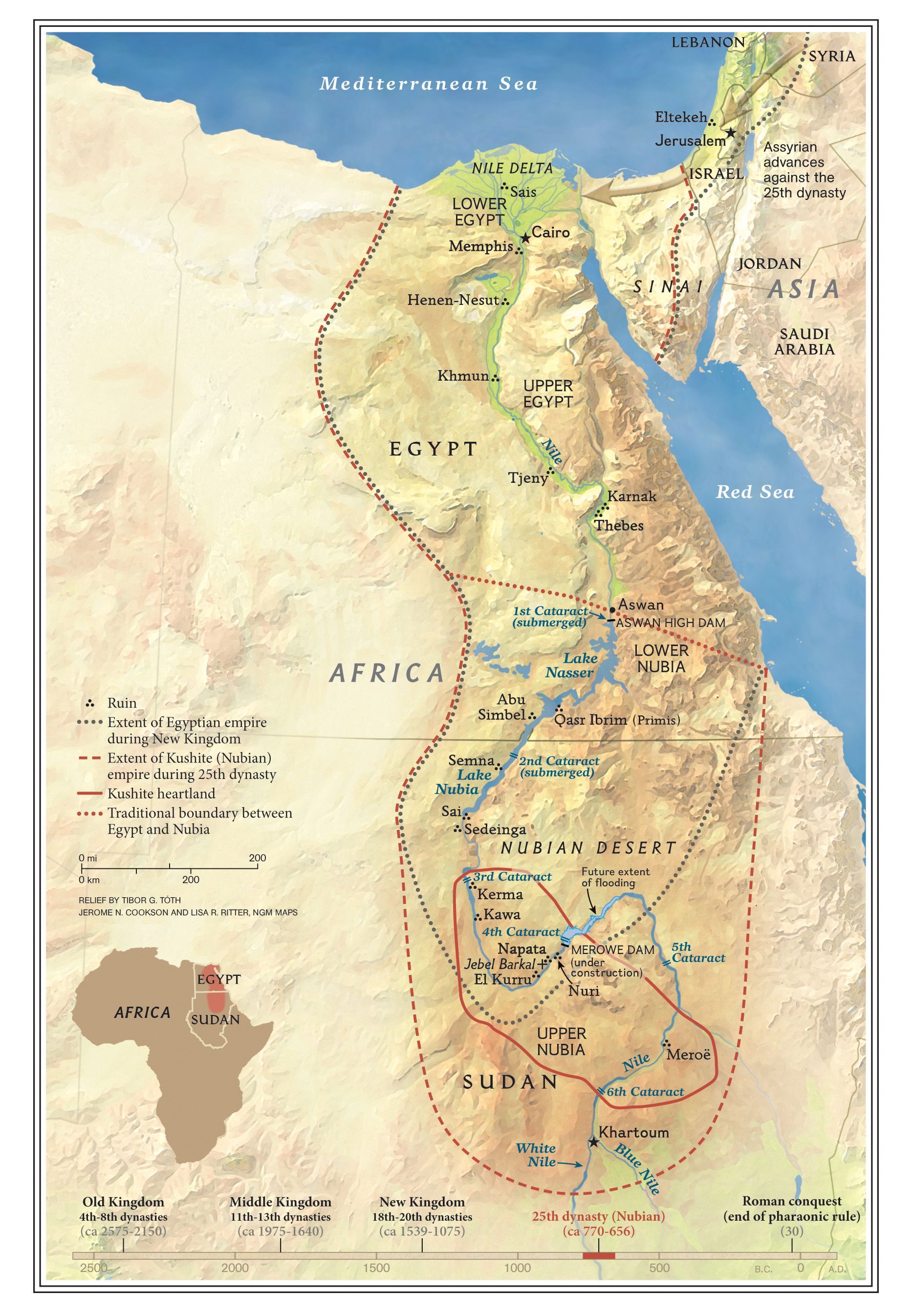
Nubia is called the Land of Gold for its rich gold mines that supplied Egypt, Greece and Rome with the precious metal and was a source of contention for much of its ancient history.
Though essentially a peaceful people, the riches of the land were sought after by Egypt’s succession of pharaohs leading to conflicts between the two kingdoms. Often referred to as “the Black Pharaohs” Nubians did at one point conquer all of ancient Egypt in what became known as the 25th Dynasty (744 BC–656 BC). The rule of Nubia, the largest empire to date at that time, extended from today’s central Sudan to Libya and to the Sinai peninsula.
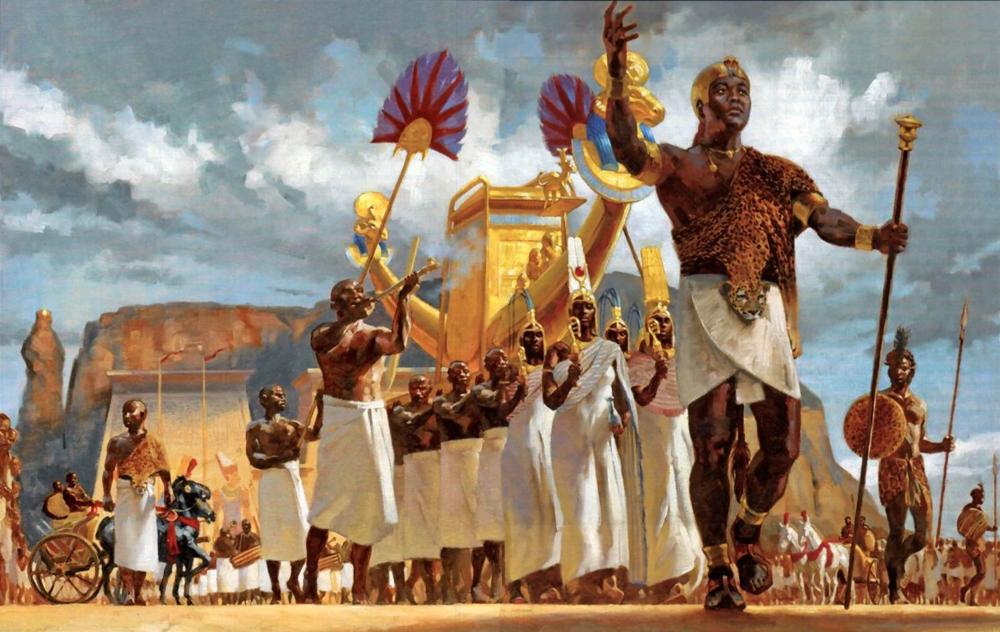
After protracted hostilities with Rome and with the depletion of the gold mines, Nubia’s hegemony and unity fractured into regions governed by competing leaders in the second century AD. Eventually, Nubia was invaded by the rising power of the Christian Kingdom of Aksum in what is now Ethiopia. Nubia along with much of the Middle East converted to Christianity in 350 AD and remained so until the 14th century. Nubian Christian heritage was mostly inundated by the construction of the Aswan High Dam, but remnants of beautiful church murals are preserved in the Sudanese National Museum in Khartoum.
With the rise of Islam and the expansion of Arab traders into Upper Egypt and Sudan and the conquest of the Egyptian Mamluks, Nubians adopted the Muslim faith. The collapse of the last Nubian kingdom in 1504 established a divided Nubia between Egypt in the north and the Kingdom of Sennar in the south (later to become Sudan) which continues to this day.
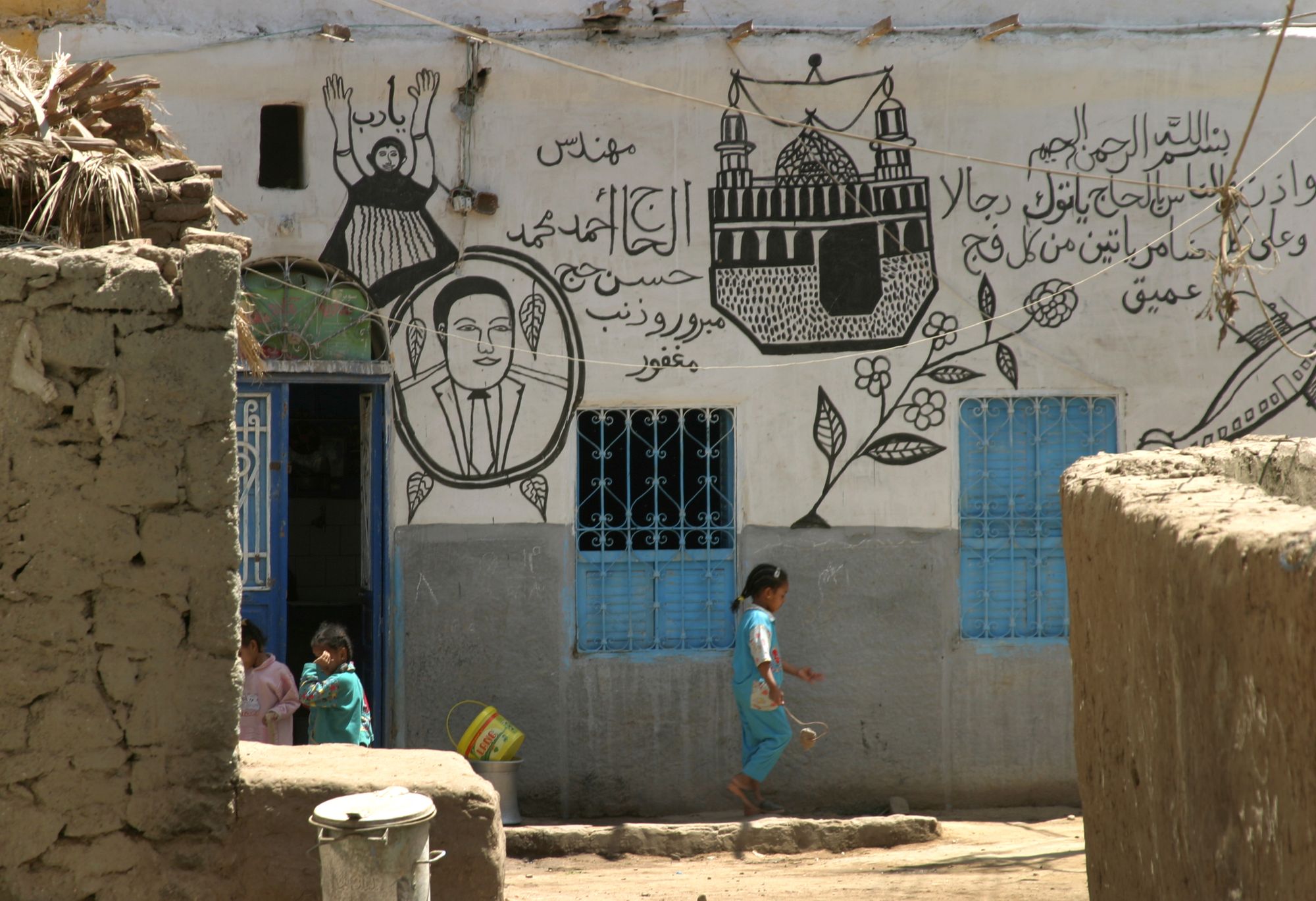
The great pharaonic monuments of Nubia such as Abu Simbel and the Merowe temple and burial complex were abandoned and forgotten only to be rediscovered in the 19th century by European explorers.
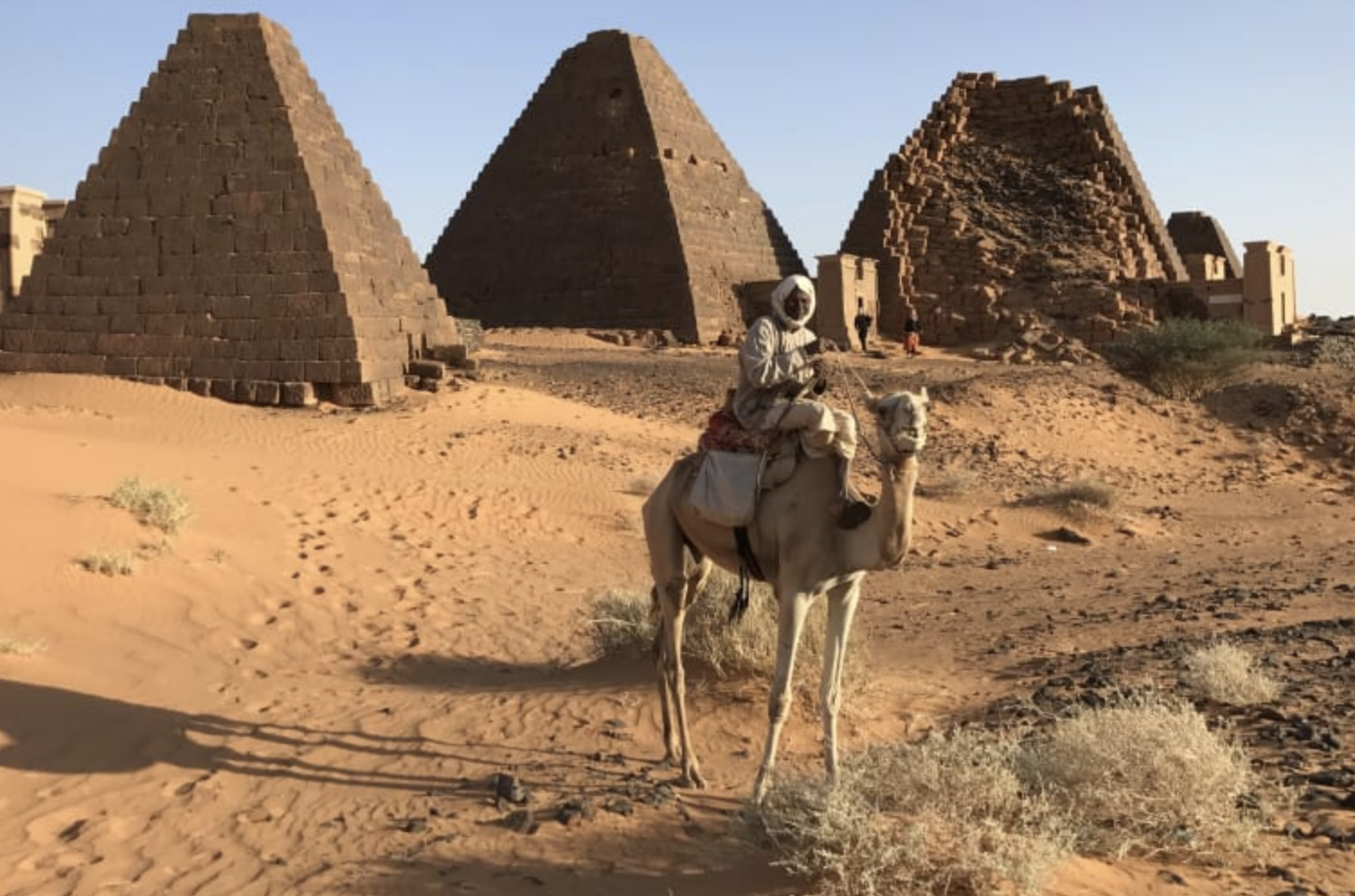
Due to its geographic isolation, harsh weather and impassable cataracts, Nubia has remained culturally intact- allowing the Nubians to nurture their own languages and customs that continue to survive to this day - particularly in the villages south of Lake Nasser.
In the early 1960’s, Egyptian Nubians existence and way of life was cataclysmically changed by the construction of the Aswan High Dam that created what was then the largest man-made lake in the world. Lake Nasser inundated almost all of Nubia in Egypt and led to the evacuation of over 50,000 Nubians into displacement villages near Kom Ombo, Egypt. The Nubian way of life that centered on the Nile and their cherished date palms was radically altered when the government constructed villages away from the Nile on the treeless edge of the desert.
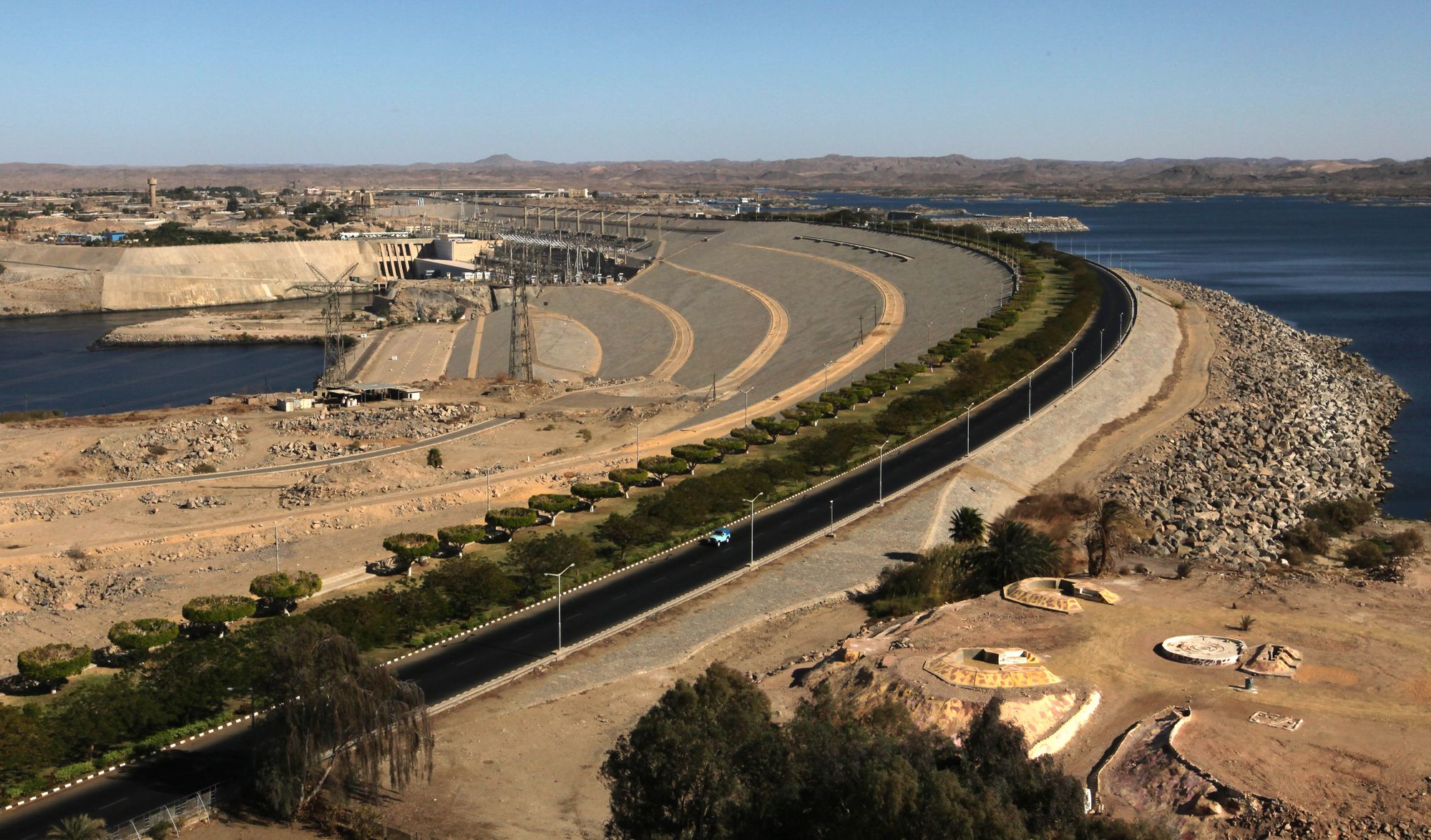
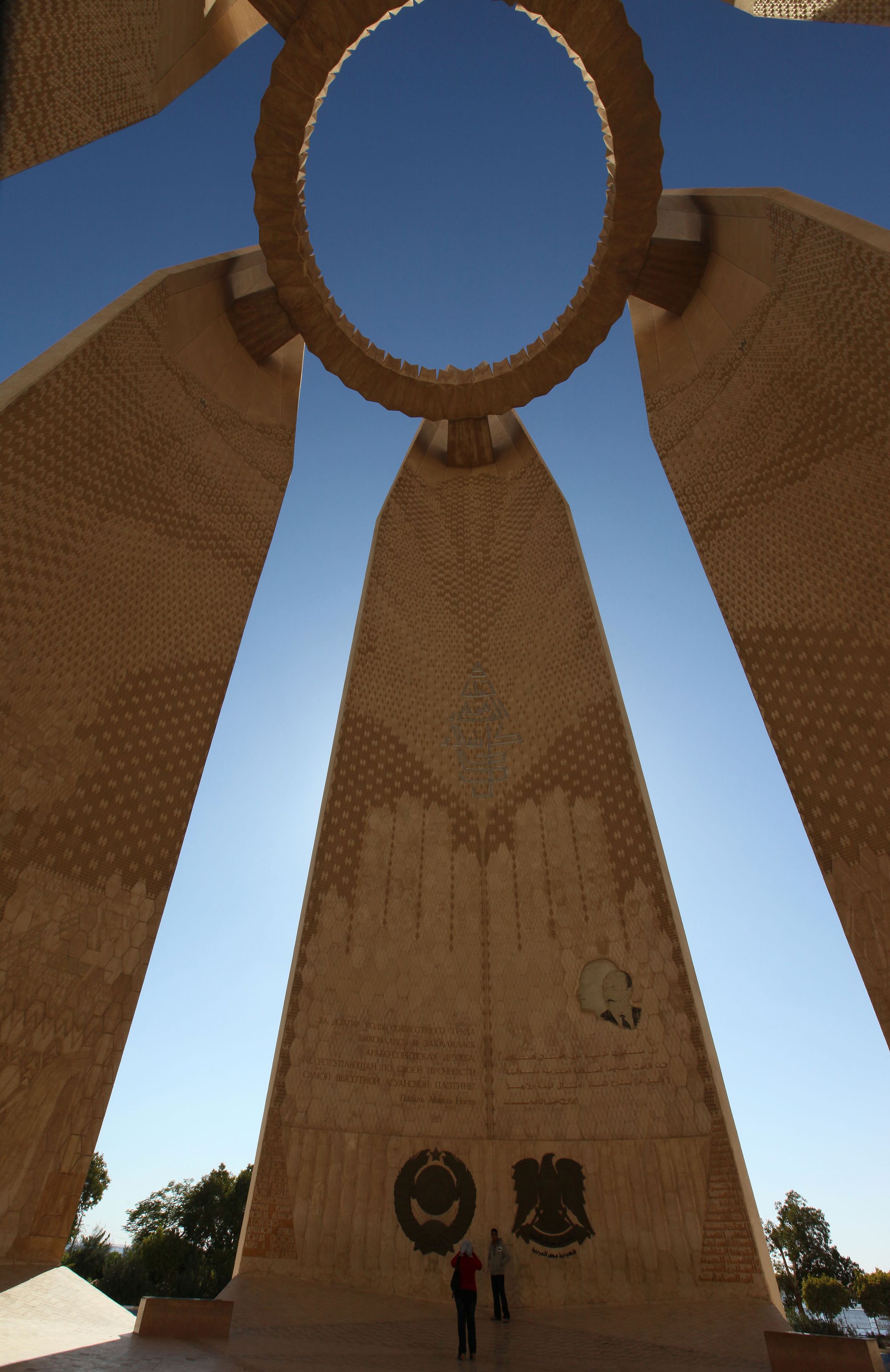
Many Nubians, particularly men, migrated to large cities in order to make a living. Nubians had traditionally worked in the service industry but with their displacement it was necessary to seek employment in other areas. During the 1960’s and 70’s and continuing to this day, it was a family necessity to gain an education in order to be competitive in the work force.
Nubians are now represented in all walks of life and professions. Some of the notable Nubians of the 20th century include former Sudanese President Gaafar Nimeiry as well as former Egyptian President Anwar Sadat, novelist Idris Ali, Sudanese billionaire businessman Mo Ibrahim and former commander-in-chief of the Egyptian Armed forces and de facto head of state following the 2011 Egyptian Revolution, Mohammed Tantawi.
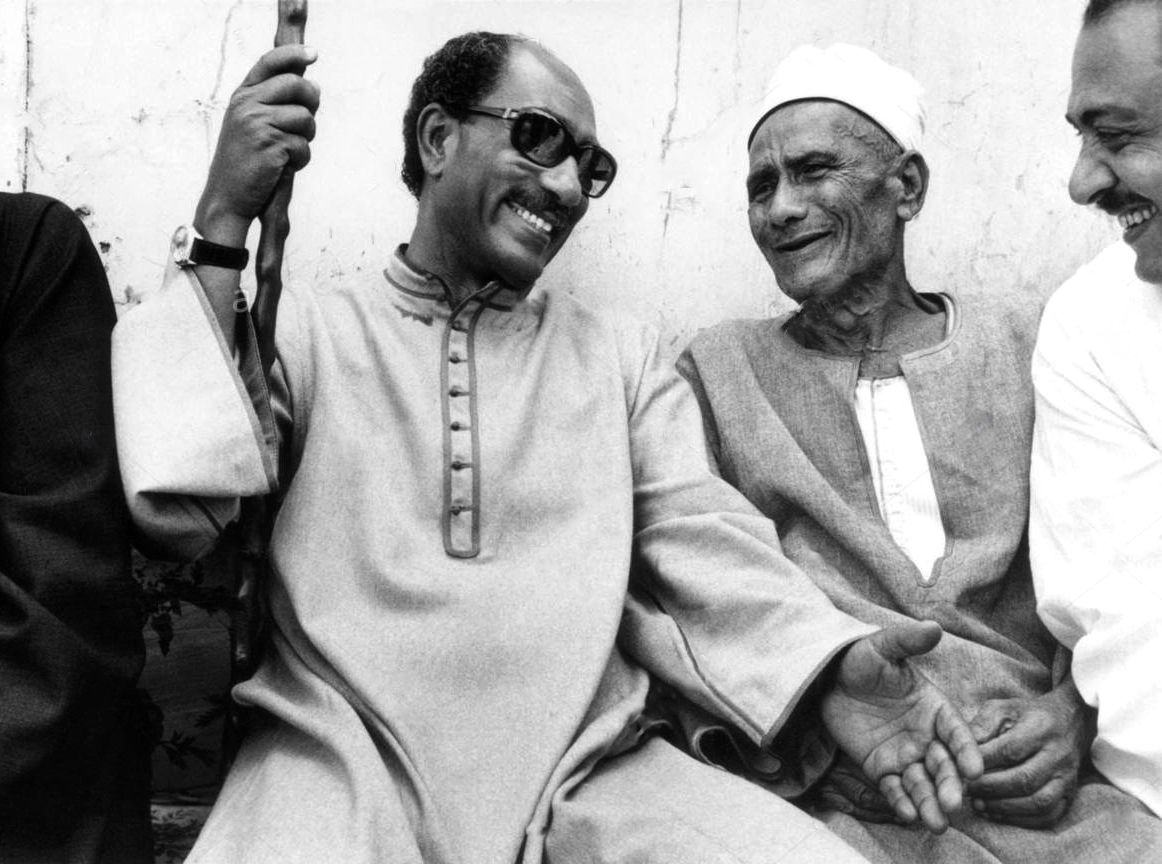
Though Nubians are now part of mainstream Egypt and Sudan they remain a very close knit and, in many respects, closed community. Family is all important and maintaining their languages and culture is a priority in their lifestyles. The Nubian languages believe to be spoken by about 900,000 people is kept alive by the rich Nubian musical heritage with famous musicians such as Mohamed Mounir, Mohammed Wardi, Hamza El Din and Ali Hassan Kuban.
Nubian family life and gatherings of relatives and friends where music and story telling dominate is nurtured primarily by the women. They teach their children the unique attributes of their languages, cuisine, music, and customs that combine ancient dynastic traditions with their past christian heritage and current day Islamic beliefs.
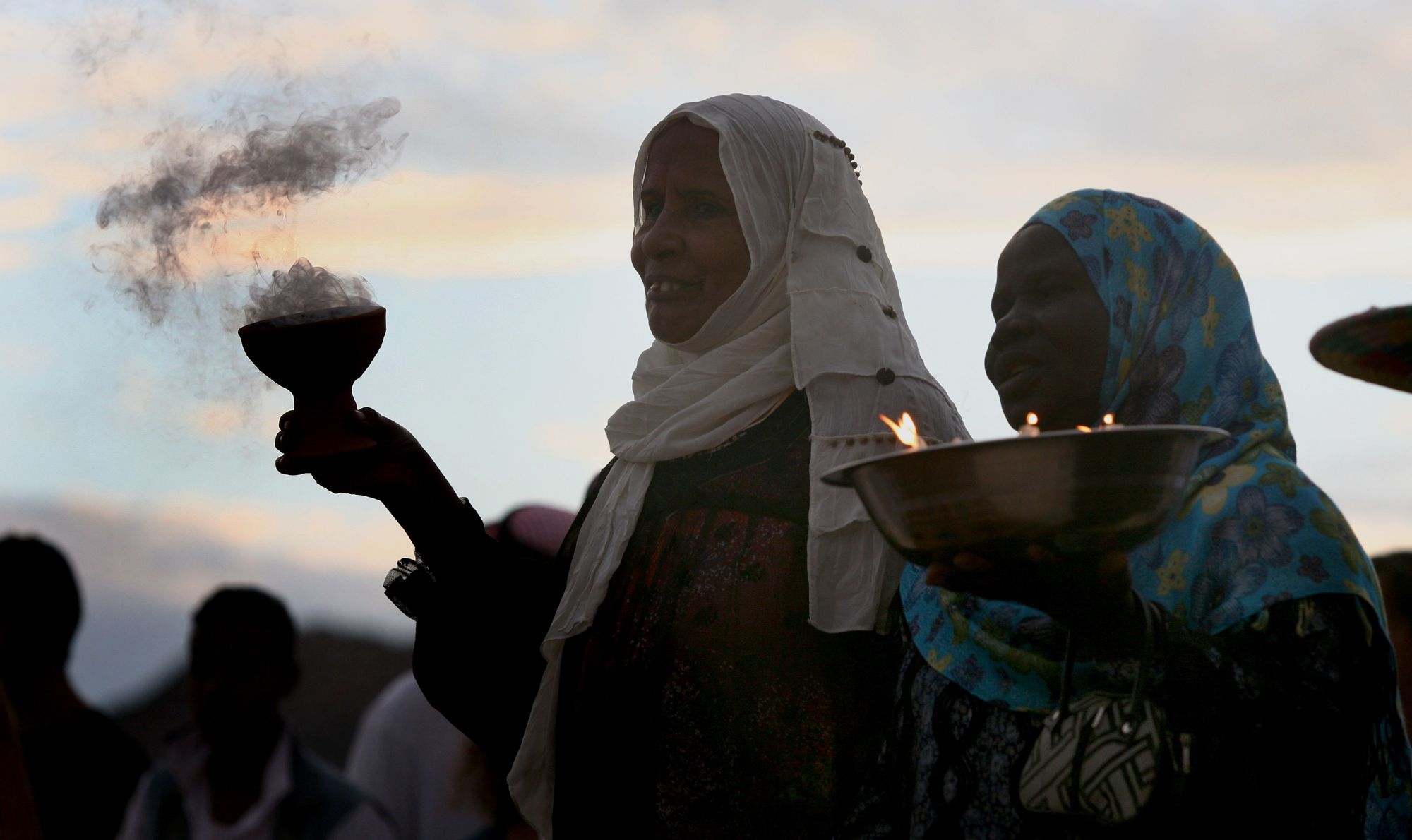
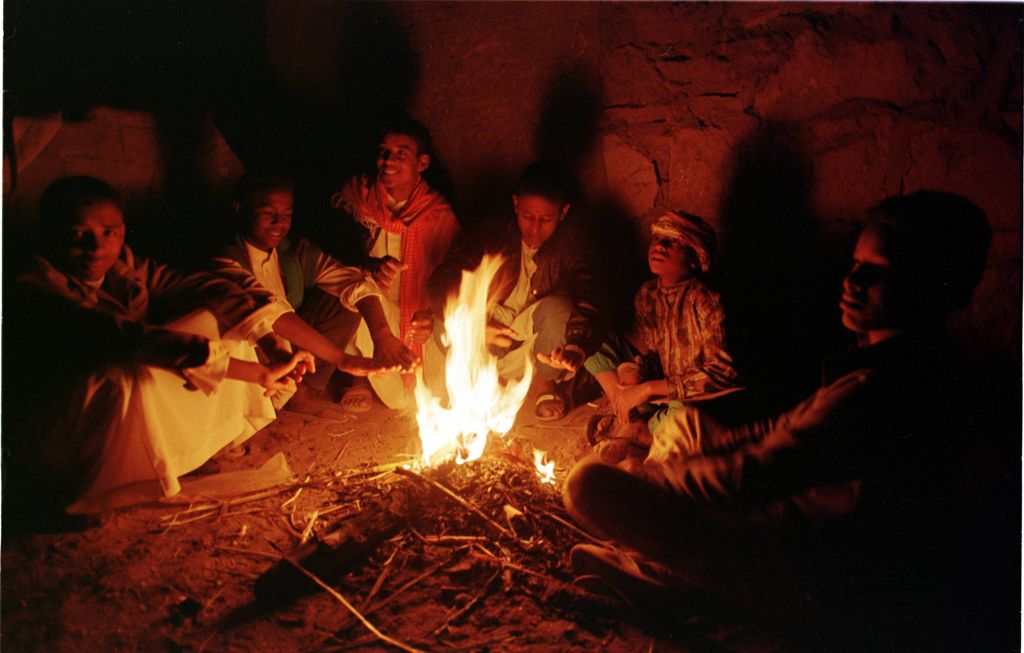
Males and females are not separated from each other during meals or social gatherings and dance together in celebrations such as weddings which can be elaborate multi-day affairs. Nubians predominately marry among their own people, often from the same village. A marriage is the uniting not only of two people but of families. A Nubian wedding is an elaborate affair and will often involve a western themed city wedding with belly dancers and contemporary music, and a traditional village ceremony including henna decorations for both bride and groom. As the bride-to-be is prepared for the marriage a large drum-led procession with the groom surrounded by relatives makes its way through the village streets with singing and dancing to the throne-like wedding platform where the gold dowry and gifts are presented to the bride.
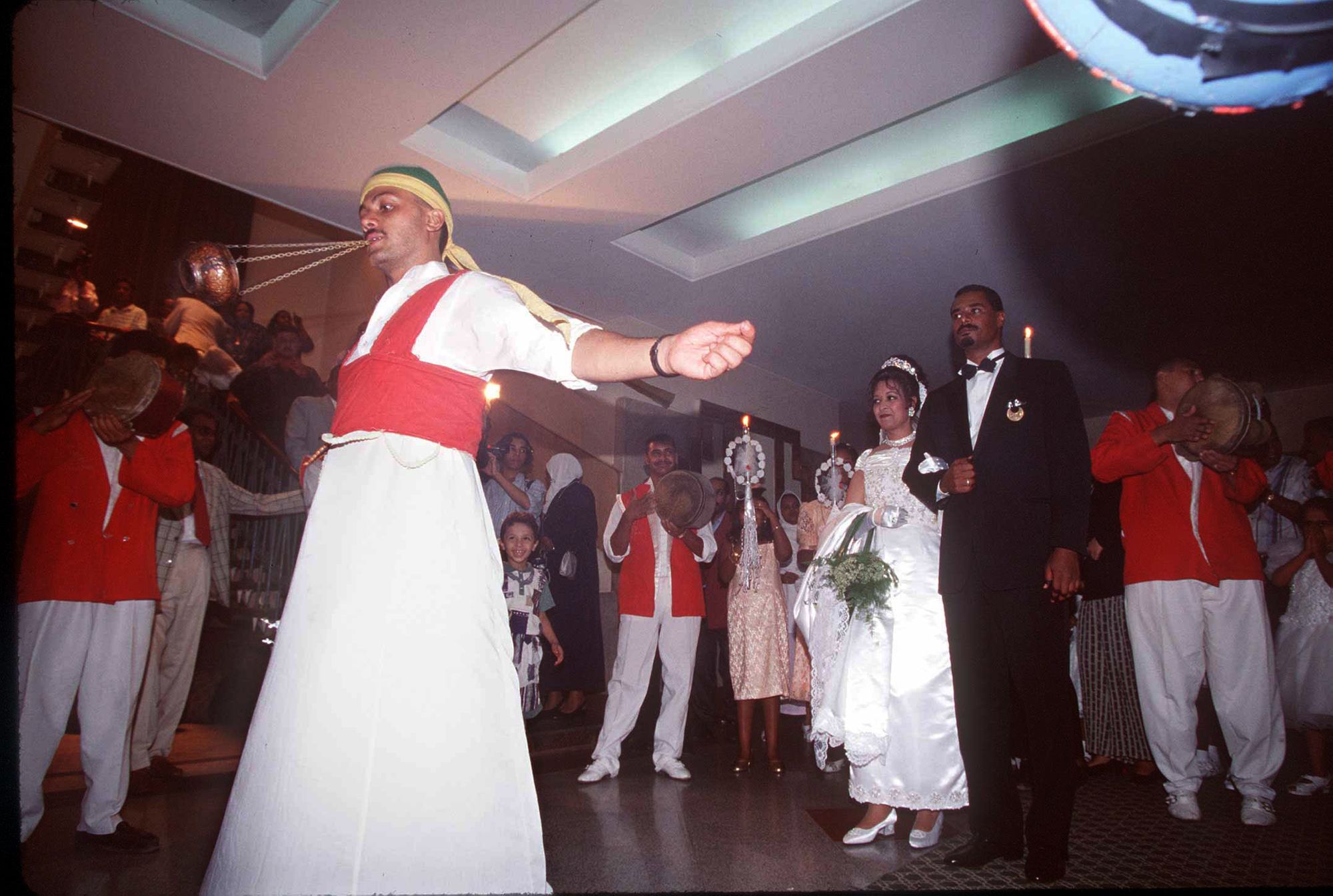
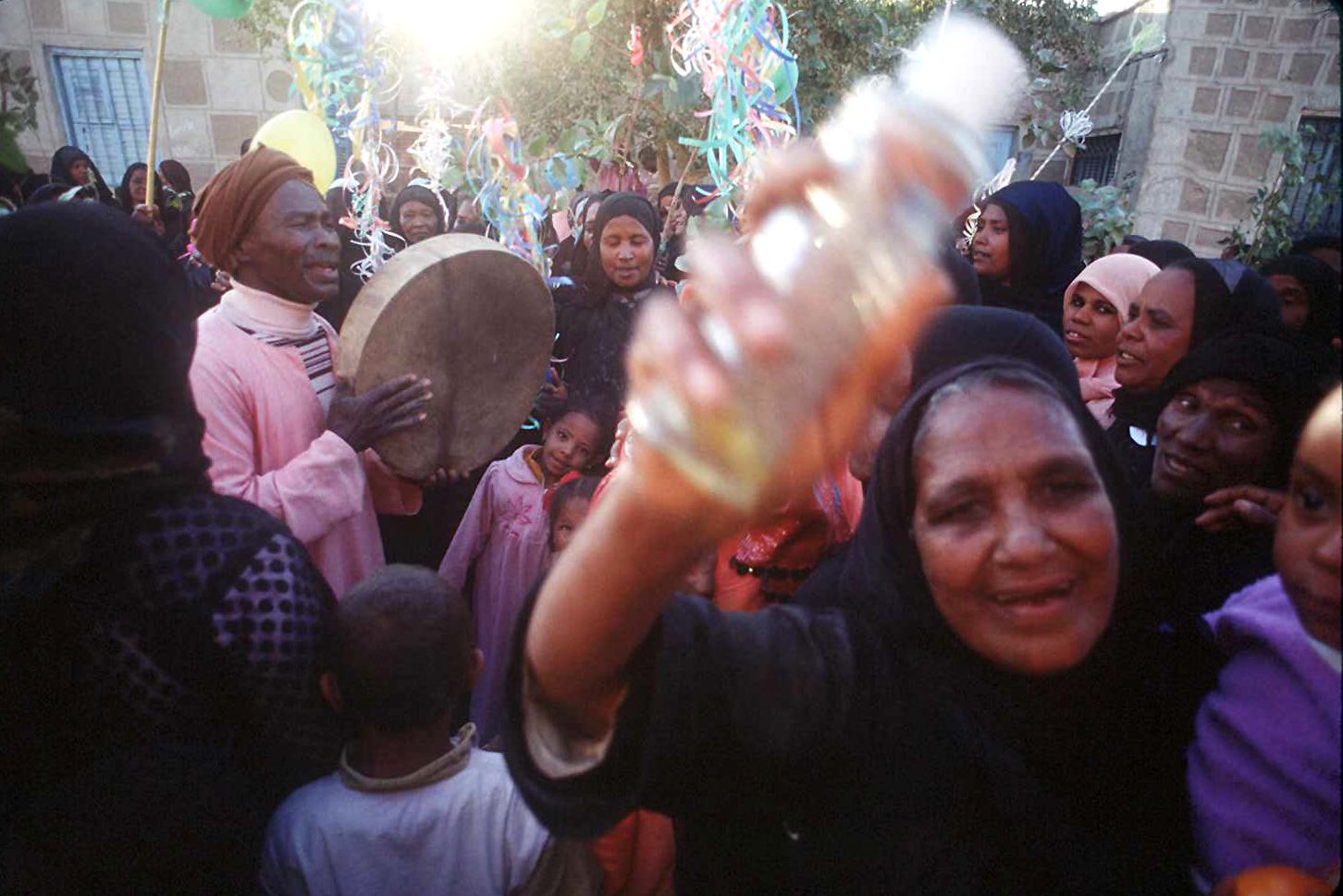
Nubians continue to thrive in modern times though the challenge of maintaining their traditions, language and way of life is often under threat by government directives and development. In Sudan, the Chinese-financed Merowe High Dam built in 2009 has further inundated 180 kms of Nubian land and villages. It is the largest contemporary hydropower project in Africa and contains 15 percent of the Nile’s annual flow in its reservoir.
Nubian languages are not taught in schools and the return of Nubians to their ancestral lands in Egypt has been mired in bureaucracy. There was hope after the 2011 Egyptian Revolution when a pledge to enable Nubians to return to their ancestral lands within 10 years was included under article 236 of Egypt’s 2014 constitution. The government set up a Committee on the Reconstruction and Rehabilitation of Nubia to draft a law of return. However, since the passage of the constitution the committee has been dismissed and the bill has vanished. The prospects of the Nubians return to their lands looks as bleak as ever.
Nubians keep alive their idyllic memories of life along the Nile in the shadows of ancient temples where date palms were a family's inheritance and the river their life blood with stories and songs. A few remaining villages in Gharb Suheil and on Aswan Island still depict their family’s stories and history with traditional paintings on their homes showing crocodiles, palm trees, hajj pilgrimages and the bounty and river life of the Nile and Nubia.
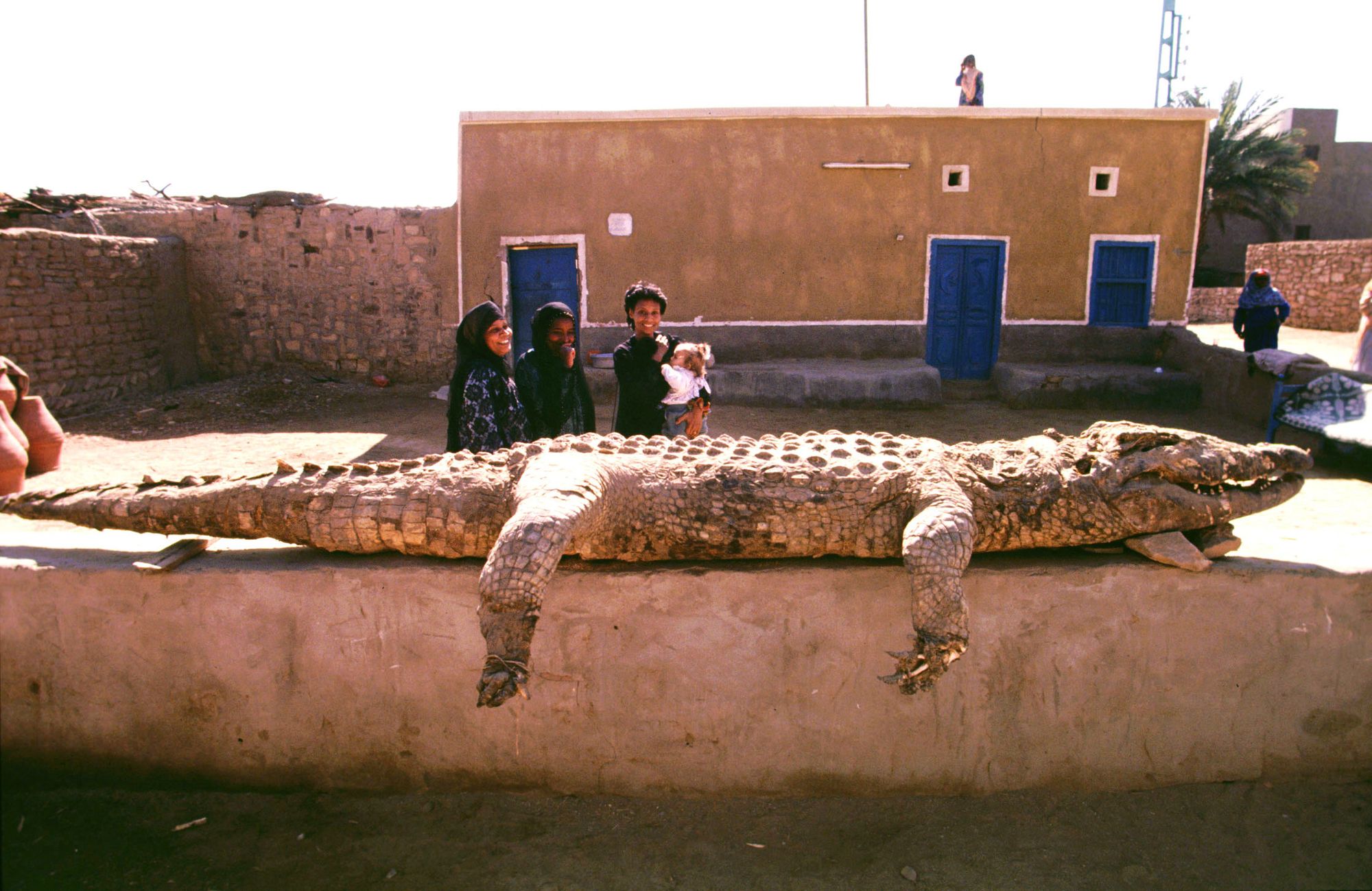
Though Nubia has transitioned through numerable phases from ancient empire, to practical obscurity, to life changing displacement it has always been a vibrant and unique people that bridges the Mediterranean world to the African hinterlands.
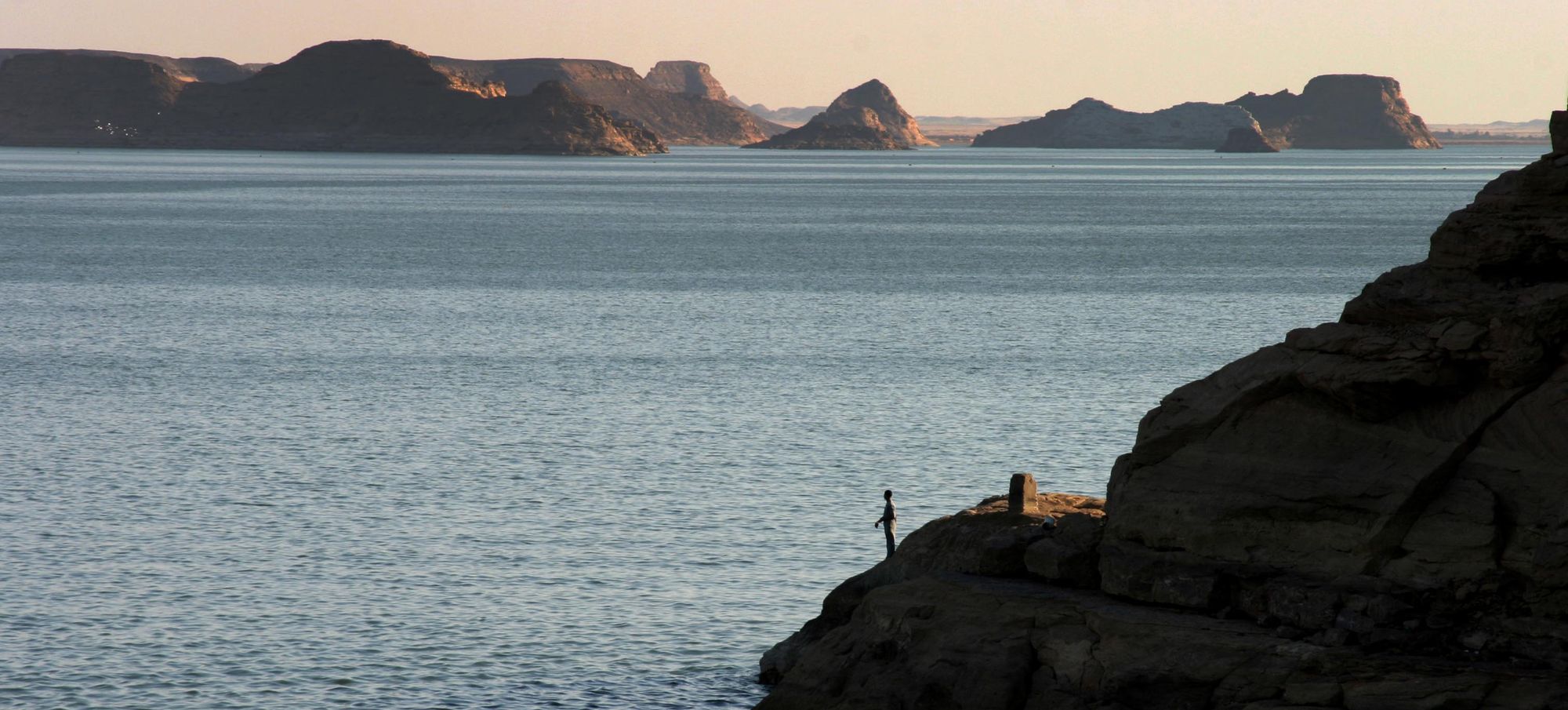
Nubia welcomes all people with music, stories, monuments, the Nile and most importantly its renown hospitality.
For more information on Nubia please visit the Nubian Foundation website

Notice: The images shared in this article are from a large variety of sources. Many of them are in the public domain or are licensed under Creative Commons CC0. Other images however are copyrighted, and are shared under fair use for non-commercial teaching, scholarship and research purposes. If any images are misattributed, or you are the copyright holder of an original work, and are unhappy about it being shared here, feel free to contact me through a public message in this thread or a private message via this forum. I can also be contacted via e-mail: masrmike@gmail.com

